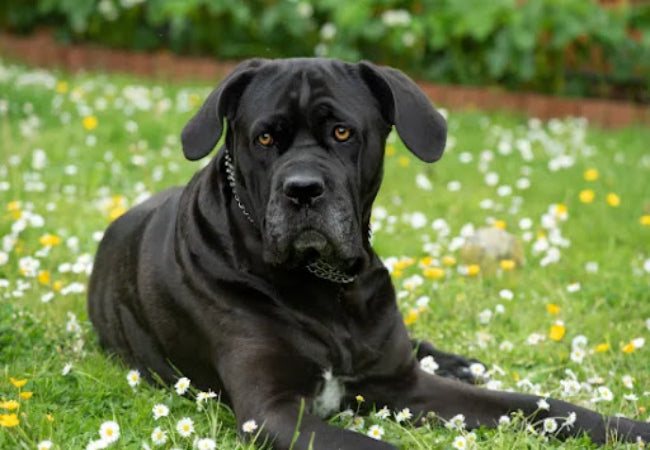Dog Anxiety 2025: Vet-Approved Signs, Symptoms & How to Help 🐶✨

In this article
Dog Anxiety 2025: Vet-Approved Signs, Symptoms & How to Help 🐶✨
By Dr. Duncan Houston BVSc
Dogs, like humans, can experience anxiety, stress, and fear. Their anxiety may be mild and situational or more severe, affecting their daily life. Recognizing the behavioral and physical signs of anxiety is the first step in helping your dog feel safe and comfortable.
⚠️ Common Signs of Anxiety in Dogs
-
Pacing or Restlessness – An anxious dog may walk back and forth, have difficulty settling, or appear unable to relax.
-
Excessive Panting – Panting not caused by heat or exercise can indicate stress. Keep an eye on patterns and triggers.
-
Whining or Whimpering – Vocalizations, including whining, whimpering, or excessive barking, are common ways dogs express anxiety.
-
Shaking or Trembling – Some dogs tremble or shake when stressed, often accompanied by other signs like tucked tails or pinned ears.
-
Excessive Licking or Drooling – Dogs may lick themselves, objects, or drool more than usual as a coping mechanism.
-
Avoidance or Hiding – An anxious dog may retreat to a quiet or secluded spot to feel safe.
-
Tail Tucking – A tucked tail and lowered body posture often signal fear or insecurity.
-
Ears Pinned Back – Flattened ears can indicate stress or worry.
-
Yawning – While yawning can indicate tiredness, repeated yawns in stressful situations are a subtle anxiety signal.
-
Destructive Behaviors – Chewing furniture, shoes, or household items can be an outlet for anxious energy.
-
Indoor Accidents – A house-trained dog that suddenly urinates or defecates indoors may be experiencing anxiety or stress.
🩺 What You Can Do
If you notice signs of anxiety in your dog, professional guidance is essential. A veterinarian or certified dog behaviorist can help identify underlying causes and recommend tailored strategies. Common approaches include:
-
Behavioral Training – Techniques like desensitization and counter-conditioning can help dogs gradually cope with anxiety triggers.
-
Environmental Management – Create safe spaces, provide calming toys, or use anxiety wraps to reduce stress.
-
Regular Exercise and Mental Stimulation – Physical activity and interactive games can help release anxious energy.
-
Medical Support – In some cases, veterinarians may recommend medications or supplements to manage severe anxiety.
💡 Tips for Supporting Your Anxious Dog
-
Maintain a consistent routine to give your dog a sense of security.
-
Avoid punishment, which can worsen anxiety.
-
Offer positive reinforcement for calm behavior.
-
Gradually expose your dog to anxiety triggers in a controlled, safe manner.
-
Provide plenty of love, attention, and reassurance.
Understanding and addressing your dog’s anxiety can significantly improve their quality of life and strengthen the bond you share. Early recognition and intervention are key — the sooner you address anxiety, the more effective the outcomes will be.



